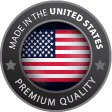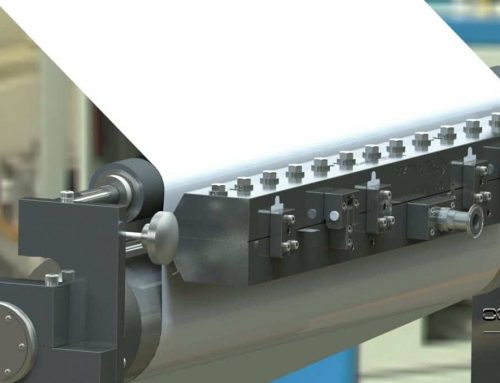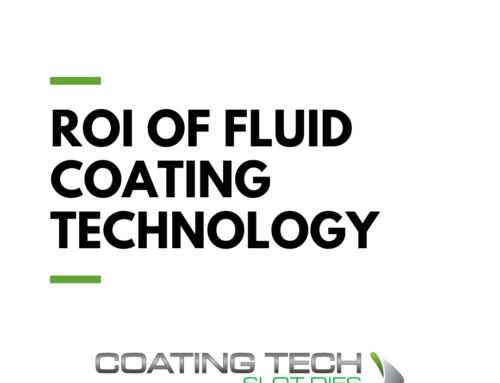Stress is bad. Really bad! And I’m not talking about in your personal life. I’m talking about stress-induced defects in fluid coating. Where does stress come from? What can it do to a perfectly good coating? How do you get rid of it? Now there is the key! To understand how to reduce or eliminate stress, you need to figure out how and where it is occurring.
So let’s imagine we are a solvent-coated particle looking for a good substrate to adhere to. When you float onto the substrate, you are swimming around in the solvent, stress free. When the curing system starts to remove the solvent, you start to look for something to hang onto so as not to float away with the evaporated solvent. This is when you attach to the substrate and stresses occur.
As solvent is removed from the fluid, holding on tight to the substrate introduces a shrinking effect that may not match the shrinking effect of the substrate during the same operation. If the fluid cures and solidifies at a different rate than the substrate, then the fluid will be stressed at a different rate than the substrate. This shrinking of the fluid into solid form has three main effects-shear, peal, and tensile.
At the edges of the solidified form, the solidified fluid is acted upon by the shear stresses associated with the substrate and the pealing stresses perpendicular to the substrate. You also have to consider the tensile stresses associated with the substrate that affect the solidified fluid away from the edge of the substrate. These three stresses (shear, peal, and tensile) push and pull the solidified fluid to form defects in the coating.
What does stress depend on? The main components of the fluid that the stresses depend on are the glass transition temperature of the polymer, the solvent volatility, particulates in the fluid, and the relative humidity. Controlling these factors will help control the stress of the fluid as curing occurs and a solidified fluid is formed on the substrate.
The stress induced defects that you will encounter include:
- Curl: Bending of a substrate
- Delamination: Local stresses are stronger than the adhesion of the fluid to the substrate
- Cracking: When the tensile stress is stronger than the strength of the coating
- Wrinkling: When stresses compress at the surface and lead to buckling
It is possible to relax. However, this relaxation of the solidified fluid does not always make things better! With stress of a polymer comes relaxation of the polymer and not always to the shape expected. With relaxation, we can experience further defects if not controlled, but the key is to delay solidification so that proper relaxation can occur. By managing thermal stresses through fluid design and process control can lead to a relaxed and properly placed and responsive polymer. Isn’t that what we all want? To sit comfortably relaxed and adhered to the substrate of similar energy level.










